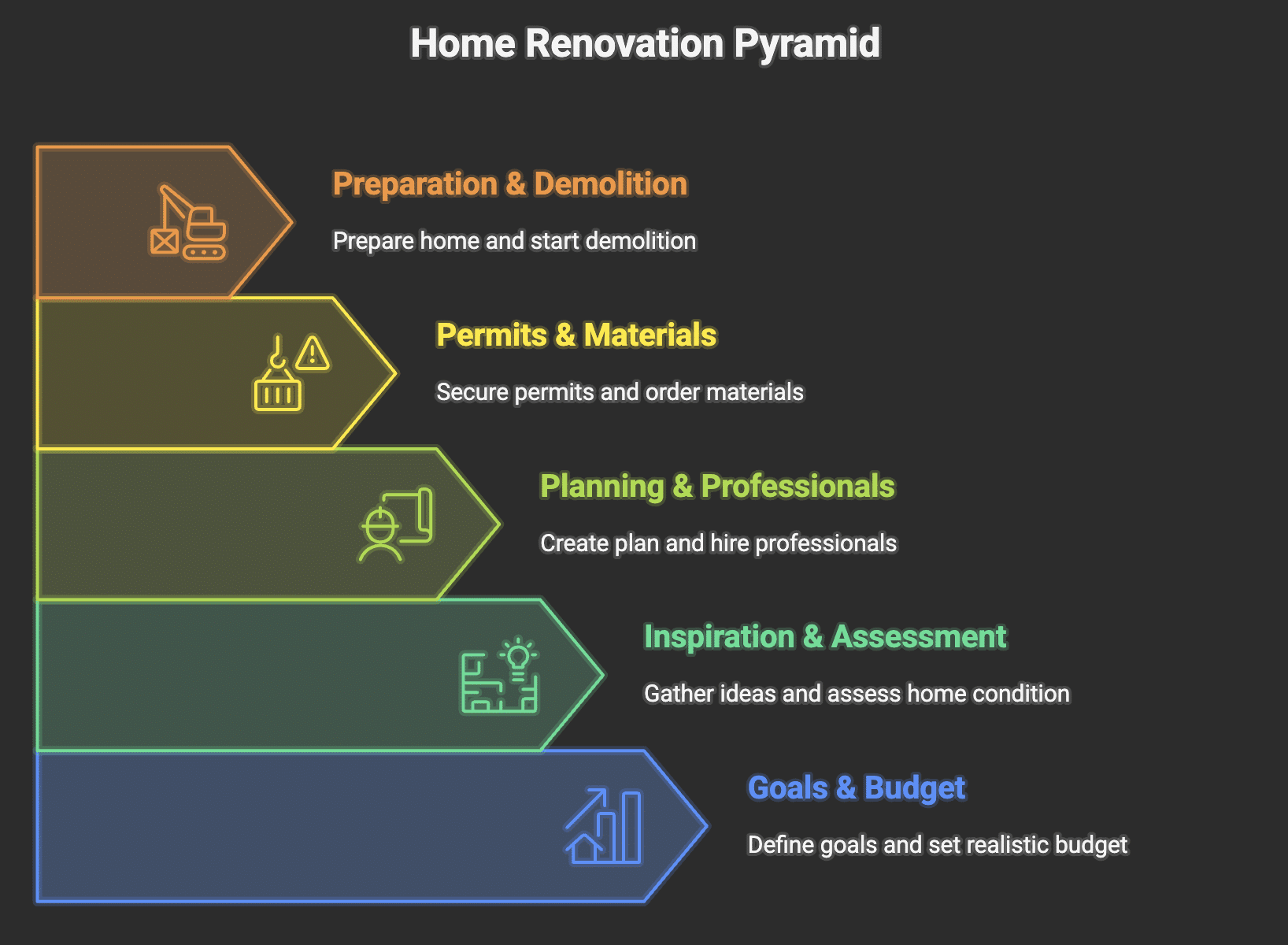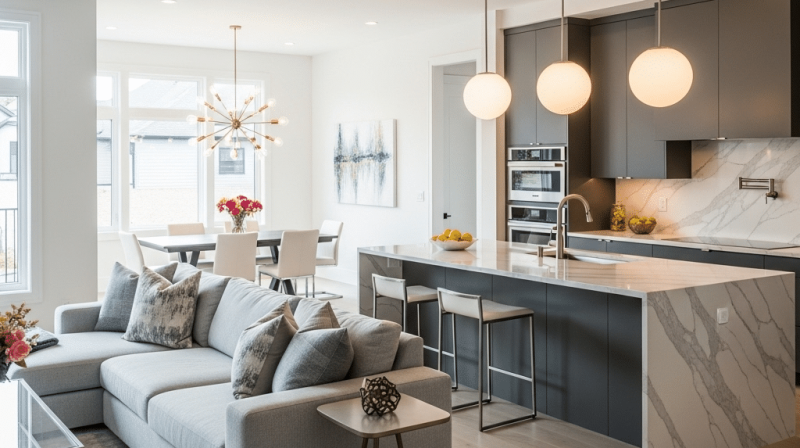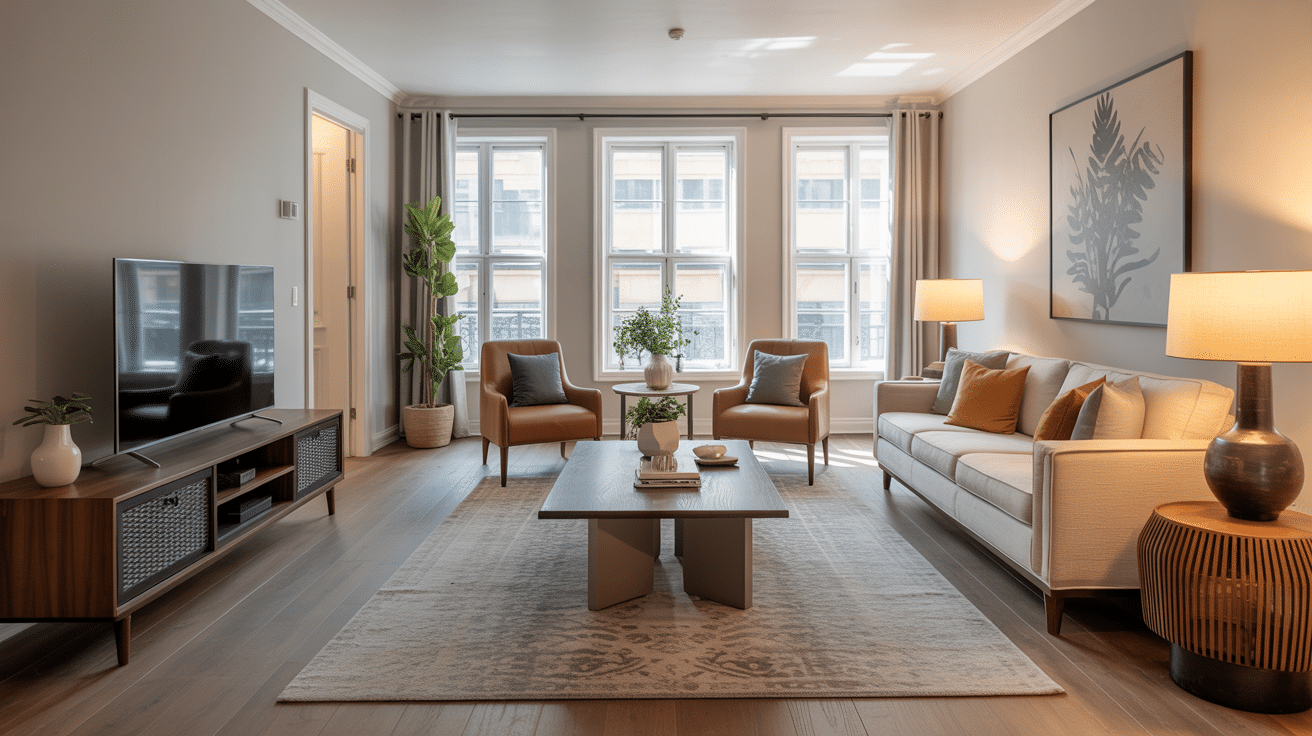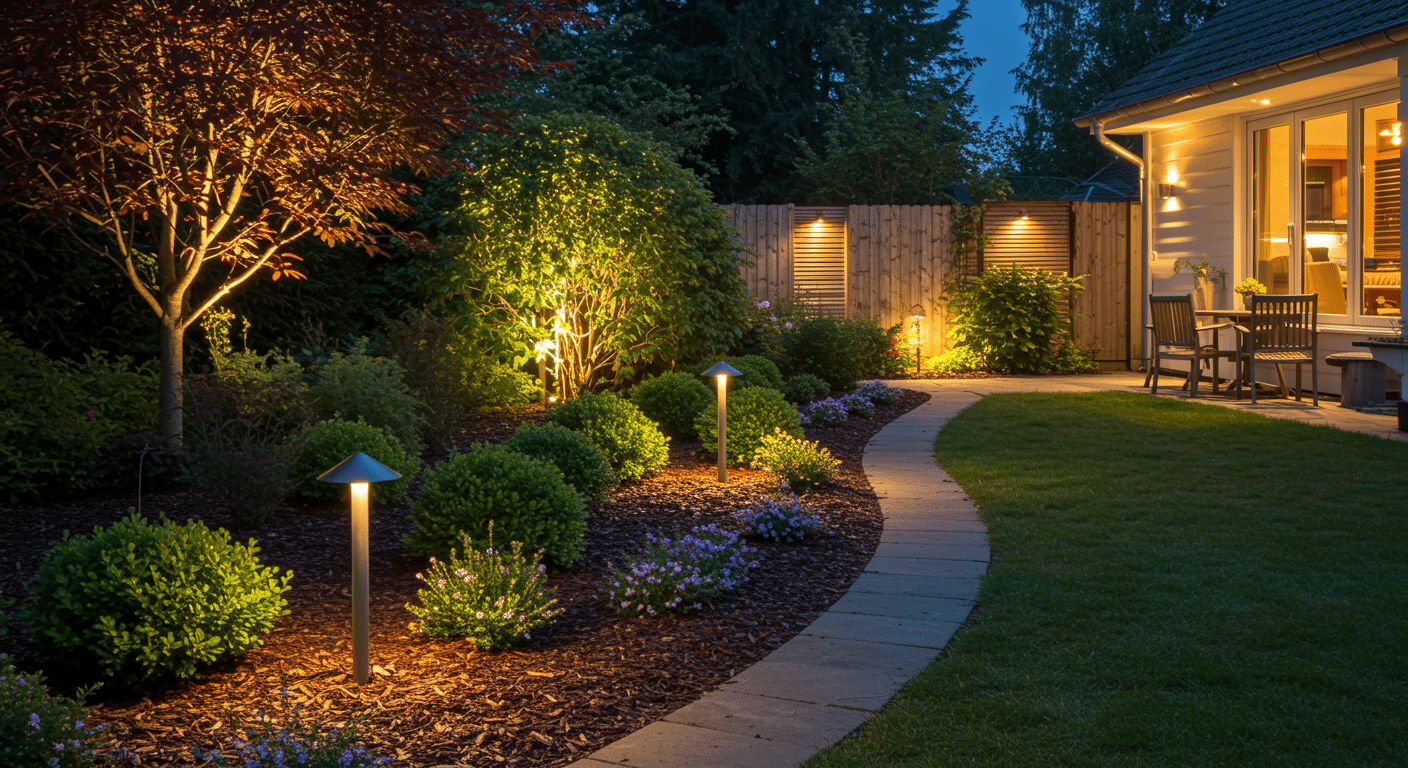Homeowners often start renovations confident but soon face permit delays, contractor problems, and budget overruns.
However, what most people don’t realize is that successful renovations aren’t about having the biggest budget or the fanciest materials. They’re about having a solid plan from day one.
This step-by-step home renovation checklist will help you plan efficiently, avoid common mistakes, and actually enjoy the process of changing your space.
How to Prepare Your Home for Renovation

Preparation sets the foundation for a smooth renovation experience.
When you skip this step-by-step home renovation checklist, small issues become major problems that cost time and money.
I’ve seen too many homeowners rush into demolition only to realize they forgot to turn off utilities or protect their belongings. The result? Damaged furniture, safety hazards, and frustrated contractors who can’t work efficiently. But preparing your home before renovation can save us a lot of trouble.
These are some key preparation steps to look for:
- Clear and protect your space: Move furniture and cover any items that can’t be relocated.
- Set up temporary living arrangements: Plan where you’ll cook, sleep, and work during the construction period.
- Secure permits and approvals: Obtain the necessary documentation before commencing work.
- Schedule utility disconnections: Coordinate with gas, electric, and water companies.
- Create a realistic timeline: Factor in potential delays and allow for a buffer of time.
- Establish a communication plan: Set regular check-ins with your contractor team.
A Practical Step-by-Step Home Renovation Checklist

This checklist will guide you through every phase, from initial planning to final completion. Follow these step-by-step home renovation checklist in order to keep your project organized and on track.
1. Define Your Renovation Goals
Start by writing down exactly what you want to achieve. Are you adding space, updating style, or fixing structural issues? Be specific about which rooms need work and what problems you’re solving.
Clear goals help you make decisions later and keep the project focused. Without defined goals, renovations often expand beyond budget and timeline.
2. Set a Realistic Budget
Calculate how much you can actually spend, then add 20% for unexpected costs. Research average costs for your type of project in your area. Break down expenses into categories: materials, labor, permits, and contingency funds. Remember that quality work costs more upfront but saves money long-term through durability and fewer repairs.
3. Gather Inspiration and Ideas
Collect photos, samples, and ideas that match your style and budget. Use Pinterest, magazines, and home tours for inspiration. Create a vision board to share with contractors and family members.
Keep everything organized in folders by room or project type. This visual reference prevents miscommunication and helps everyone stay aligned on the final vision.
4. Assess Your Home’s Current Condition
Walk through your home and document existing problems like leaks, cracks, or outdated systems. Take photos and notes about what needs repair versus replacement.
Check electrical, plumbing, and HVAC systems for age and condition. This assessment helps you prioritize work and budget for necessary fixes that might not be visible until construction begins.
5. Create a Detailed Renovation Plan
Map out the order of work, from structural changes to final finishes. Include specific materials, colors, and fixtures for each room.
Create timelines for each phase and identify dependencies between tasks. A detailed plan prevents delays, reduces change orders, and helps contractors provide accurate estimates. Update the plan as decisions get finalized.
6. Hire Qualified Professionals
Research contractors through referrals, online reviews, and past project photos. Get multiple quotes and check licenses, insurance, and references.
Meet with potential contractors to discuss your project and assess their communication style. Choose professionals who understand your vision, timeline, and budget constraints. Good contractors are worth the investment for quality results.
7. Secure Permits and Approvals
Contact your local building department to determine required permits for your project. Submit applications with detailed plans and pay fees before starting work.
Some renovations require HOA approval or notification to neighbors. Factor permit processing time into your schedule, as delays here can push back your entire timeline. Working without permits risks fines and resale issues.
8. Order Materials and Schedule Deliveries
Create a master list of all materials needed, from lumber to light fixtures. Order items with long lead times first, such as custom cabinets or specialty tiles.
Coordinate delivery schedules with your contractor to avoid storage issues or construction delays. Track orders and confirm delivery dates regularly, as supply chain issues can impact timelines unexpectedly.
9. Prepare Your Home for Renovation
Set up temporary living spaces for daily activities like cooking and sleeping. Move or protect furniture and belongings from dust and damage.
Establish clear pathways for workers and material deliveries. Install plastic barriers to contain dust in non-renovation areas. Prepare family members and pets for noise, disruption, and schedule changes during construction.
10. Demolition and Site Preparation
Remove old fixtures, flooring, and walls according to your renovation plan. Protect areas not being renovated from dust and debris. Set up proper waste disposal systems and recycling for reusable materials.
This phase often reveals hidden issues like outdated wiring or plumbing that may require plan adjustments and additional budget allocation.
11. Complete Structural, Systems, and Installation Work
Handle major systems first: electrical, plumbing, and HVAC updates. Complete structural changes like wall removal or additions. Install insulation, drywall, and flooring in that order.
Add built-in features like cabinets and fixtures. This phase requires coordination between different trades and careful quality control to ensure everything meets code and plan specifications.
12. Final Touches, Inspections, and Walkthrough
Complete painting, trim work, and detail finishes. Install final fixtures, hardware, and accessories. Schedule required inspections and address any issues found.
Conduct a thorough walkthrough with your contractor to identify and fix any remaining problems. Clean the space thoroughly and enjoy your newly renovated home. Document everything for warranty and future reference.
Tips to Keep Your Renovation on Time and Within Budget
Keeping your renovation on track requires discipline and smart planning.
Most projects go over budget or timeline because homeowners make emotional decisions or fail to plan for the unexpected. A step-by-step home renovation checklist can help you stay organized and make data-driven choices throughout the process.
Here are practical tips to keep your project on track:
- Set a realistic budget with 20% buffer: Unexpected issues always come up, so plan for them financially from the start.
- Create a detailed timeline with buffer time: Allow extra days for material delays, permit approvals, and weather-related setbacks.
- Hire reliable, licensed professionals: Quality contractors cost more upfront but prevent expensive mistakes and delays later
- Prioritize must-have items over nice-to-haves: Stick to your original goals and avoid costly upgrades that aren’t essential.
- Track expenses weekly: Use spreadsheets or apps to monitor spending against your budget in real-time
- Communicate regularly with your team: Schedule weekly check-ins to discuss progress, issues, and upcoming milestones.
- Make decisions quickly: Delayed choices cause work stoppages that push timelines and increase labor costs.
Conclusion
Home renovations don’t have to be overwhelming when you follow a clear plan.
This step-by-step home renovation checklist gives you the framework to tackle any project with confidence, from initial goal-setting to final walkthrough.
Start with step one today. Define your goals clearly, and let this checklist guide you toward the home you’ve been dreaming about.
What’s your biggest concern about starting your home renovation?
Drop a comment below and share which step feels most challenging to you.







